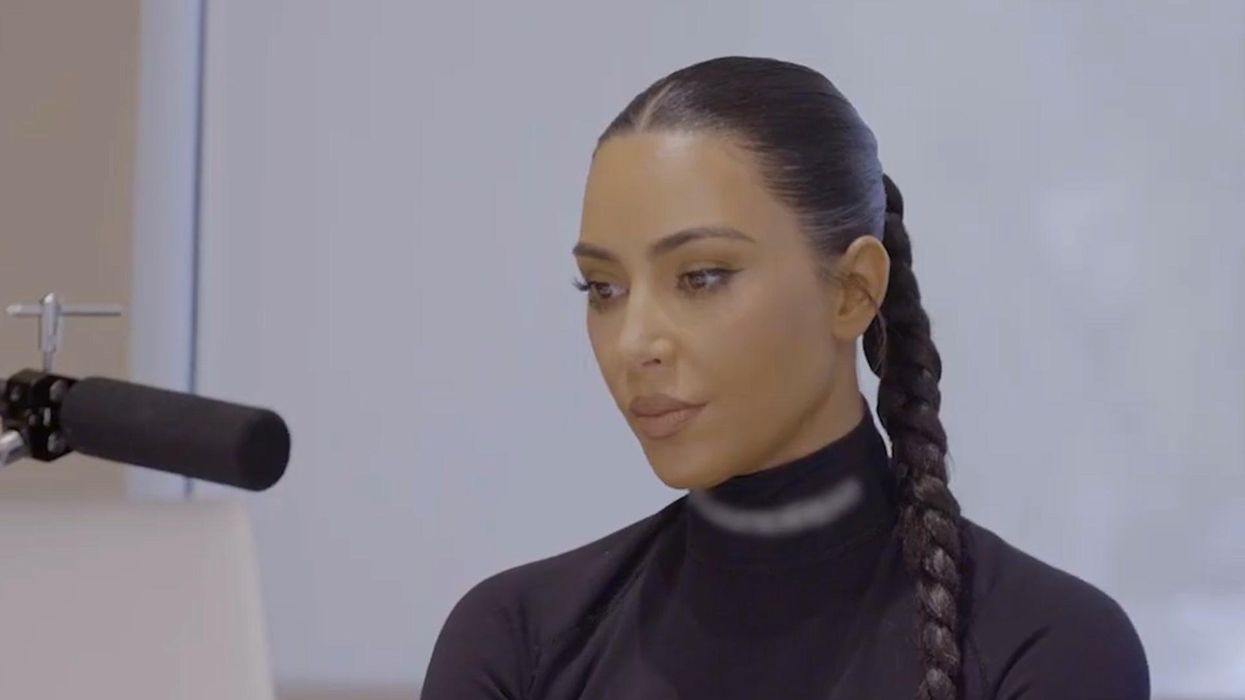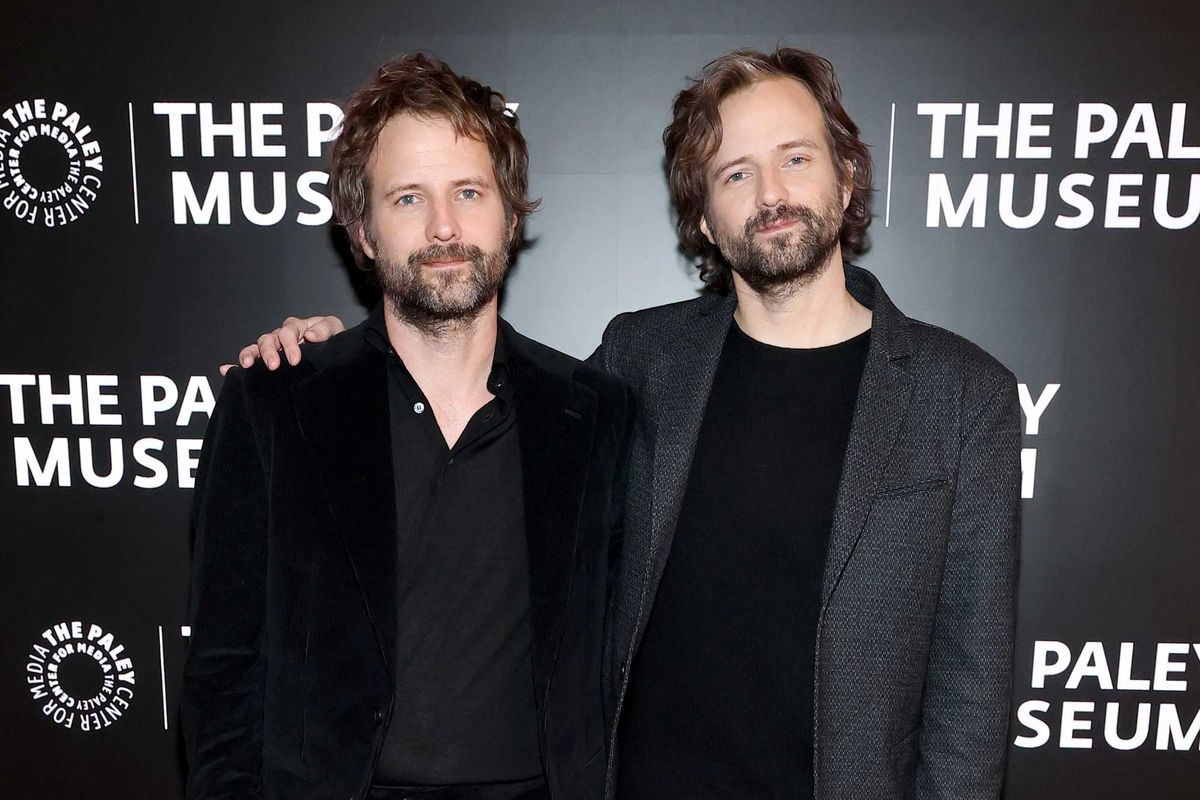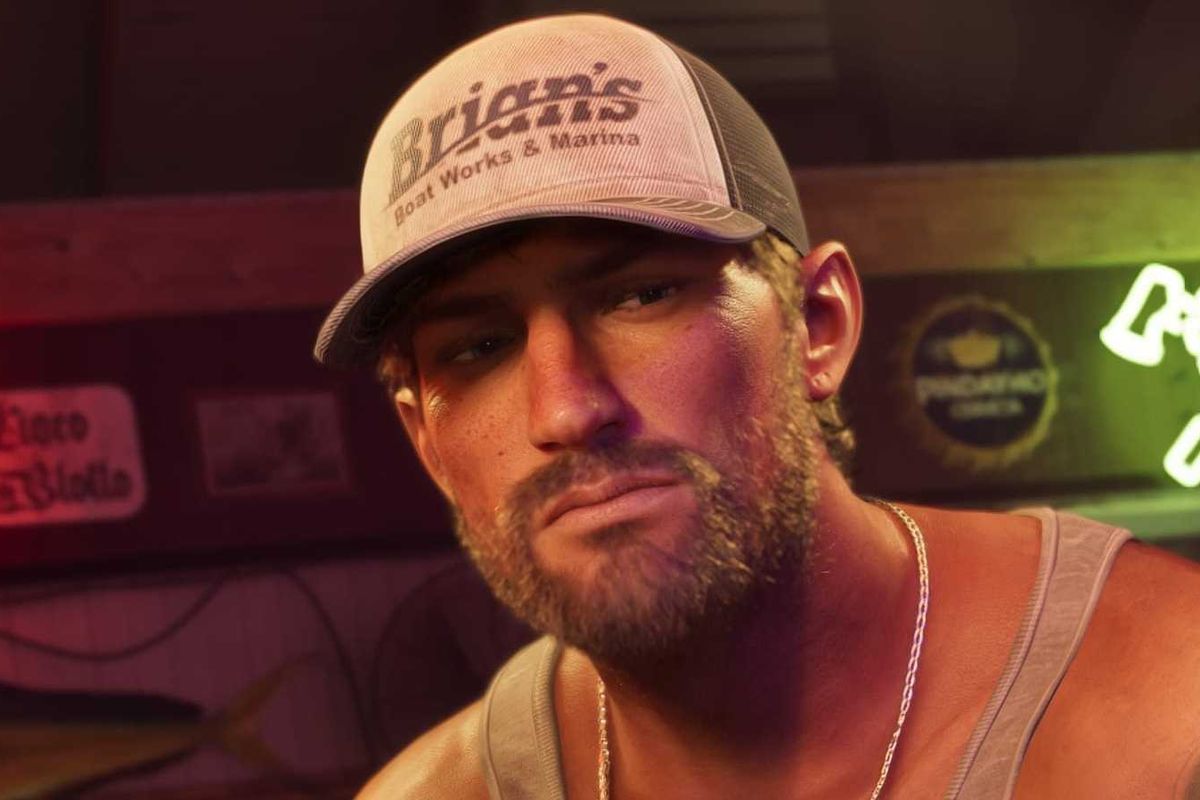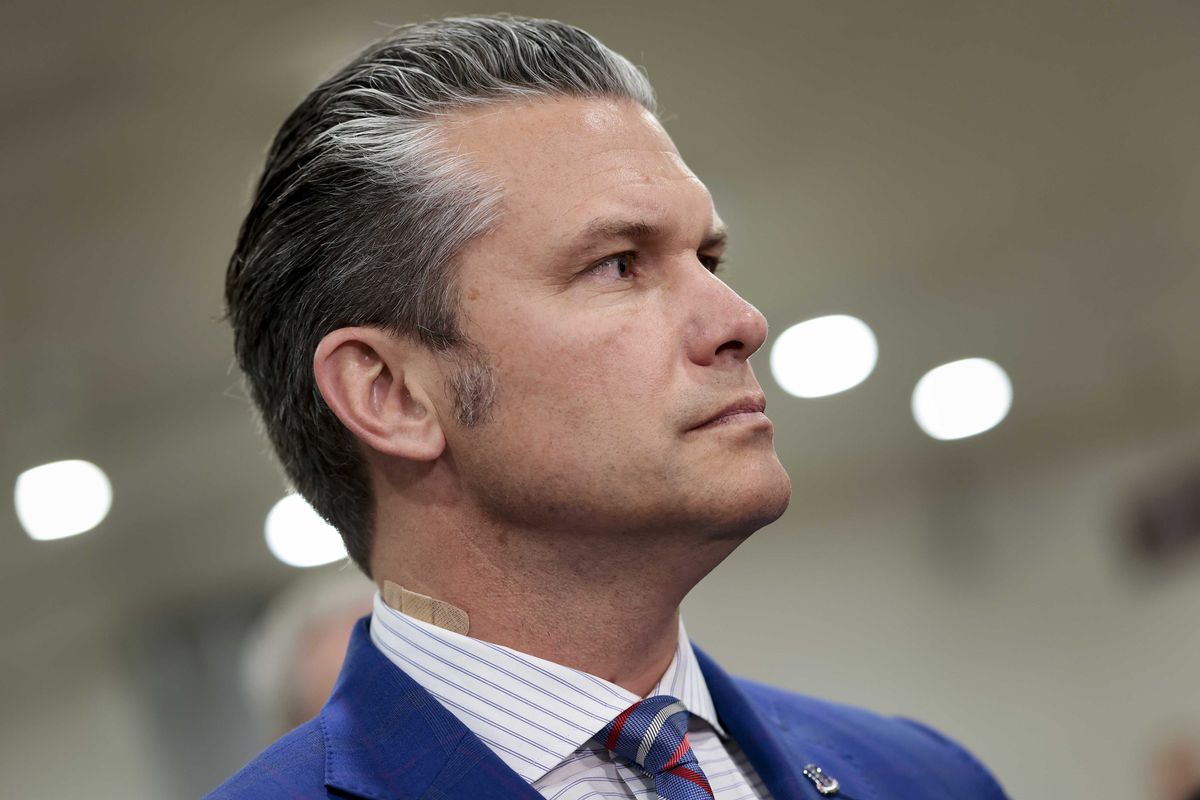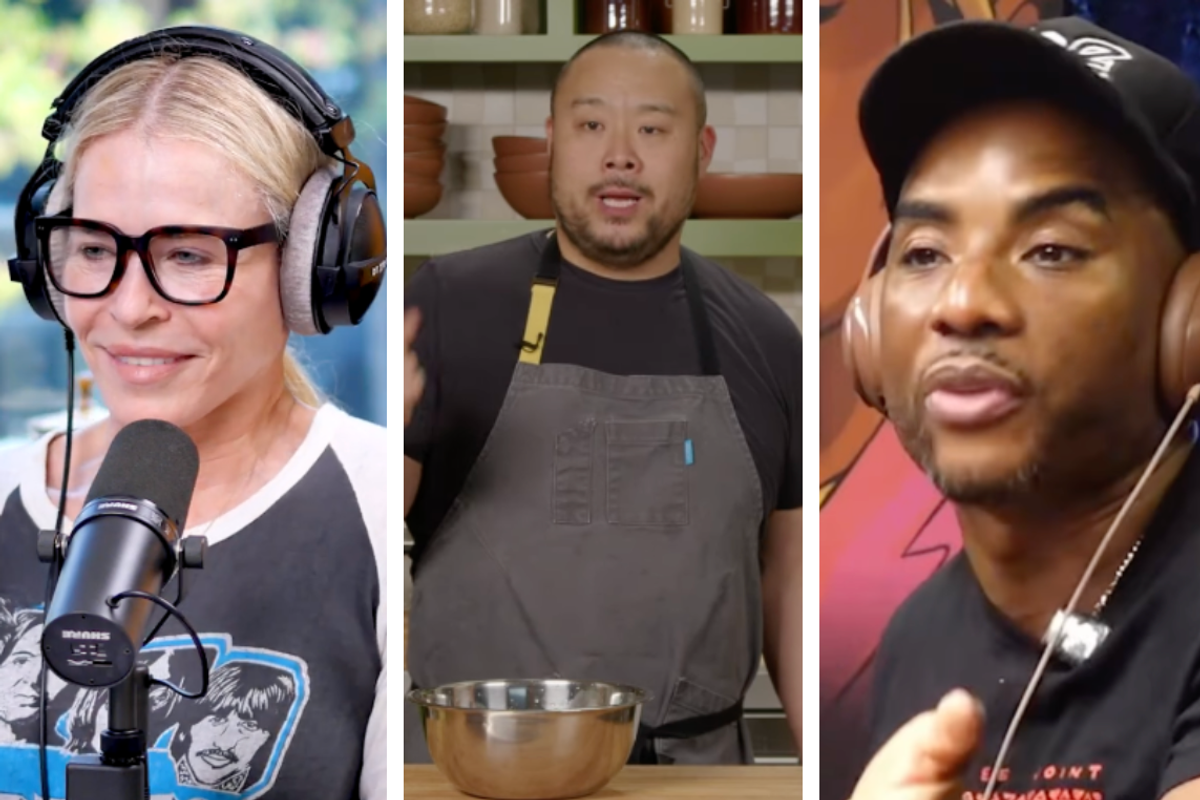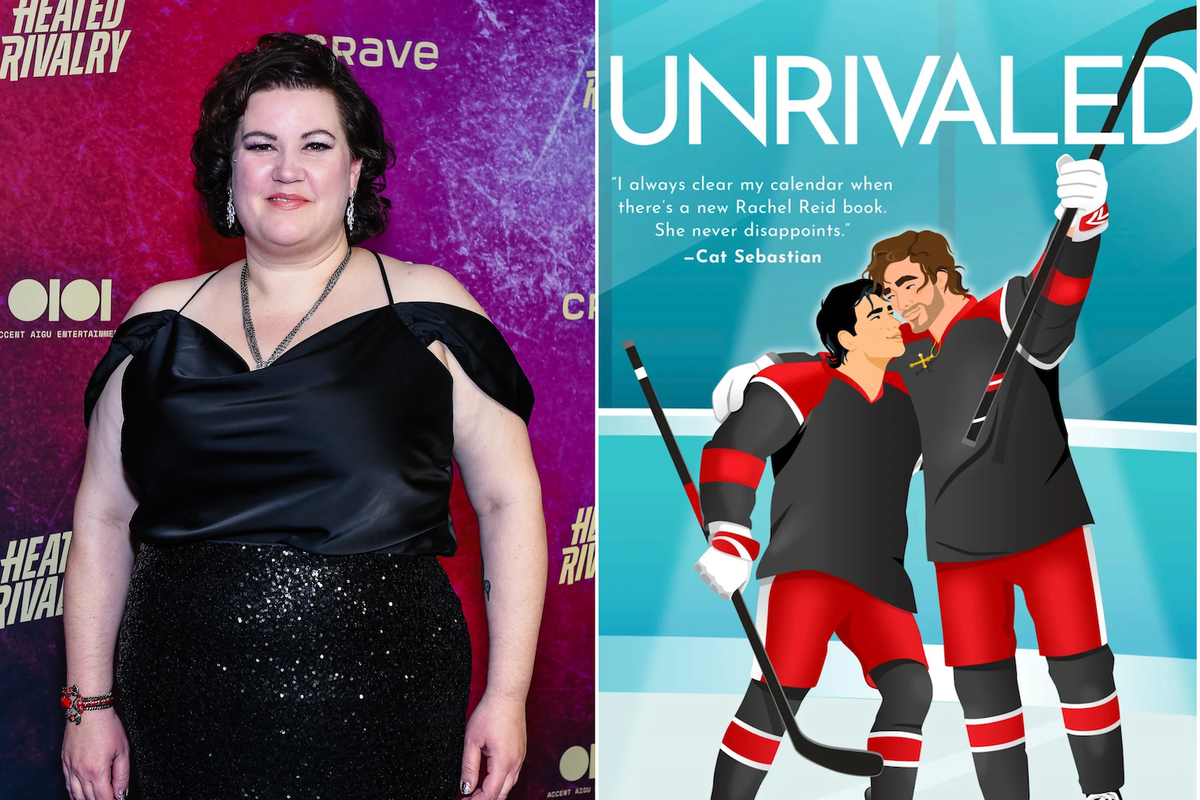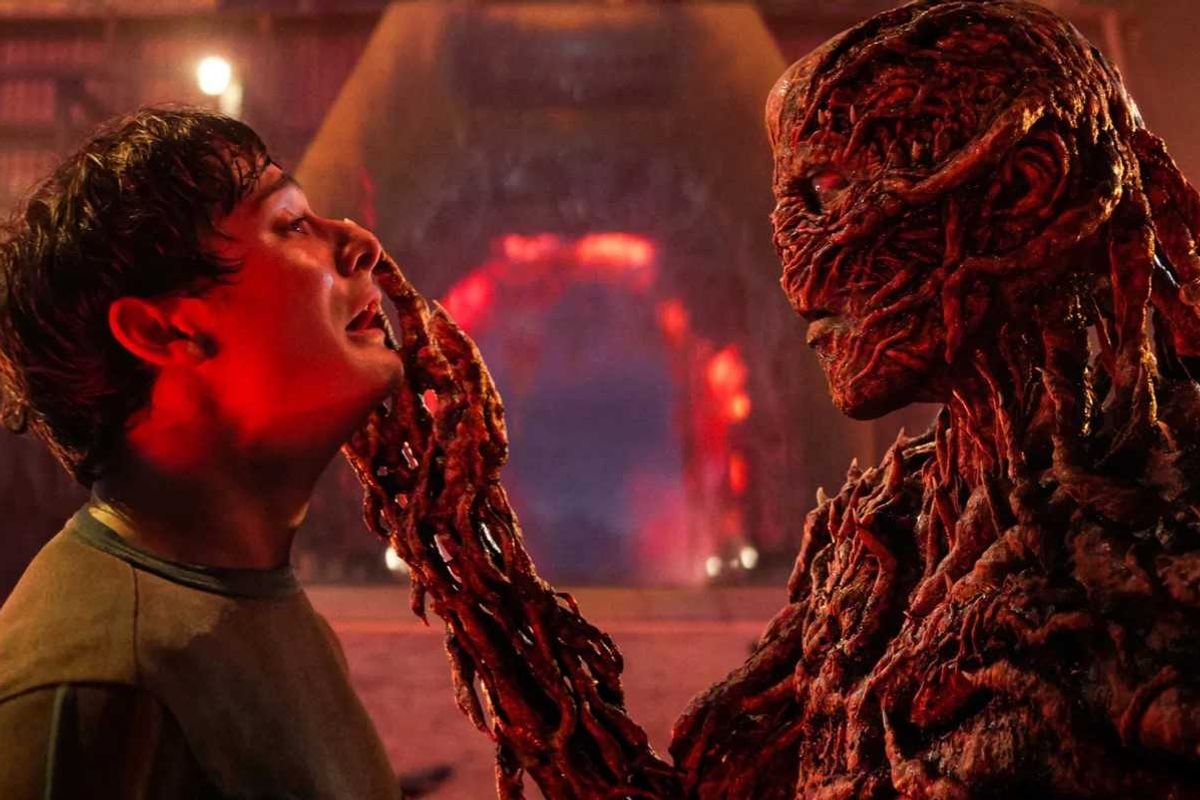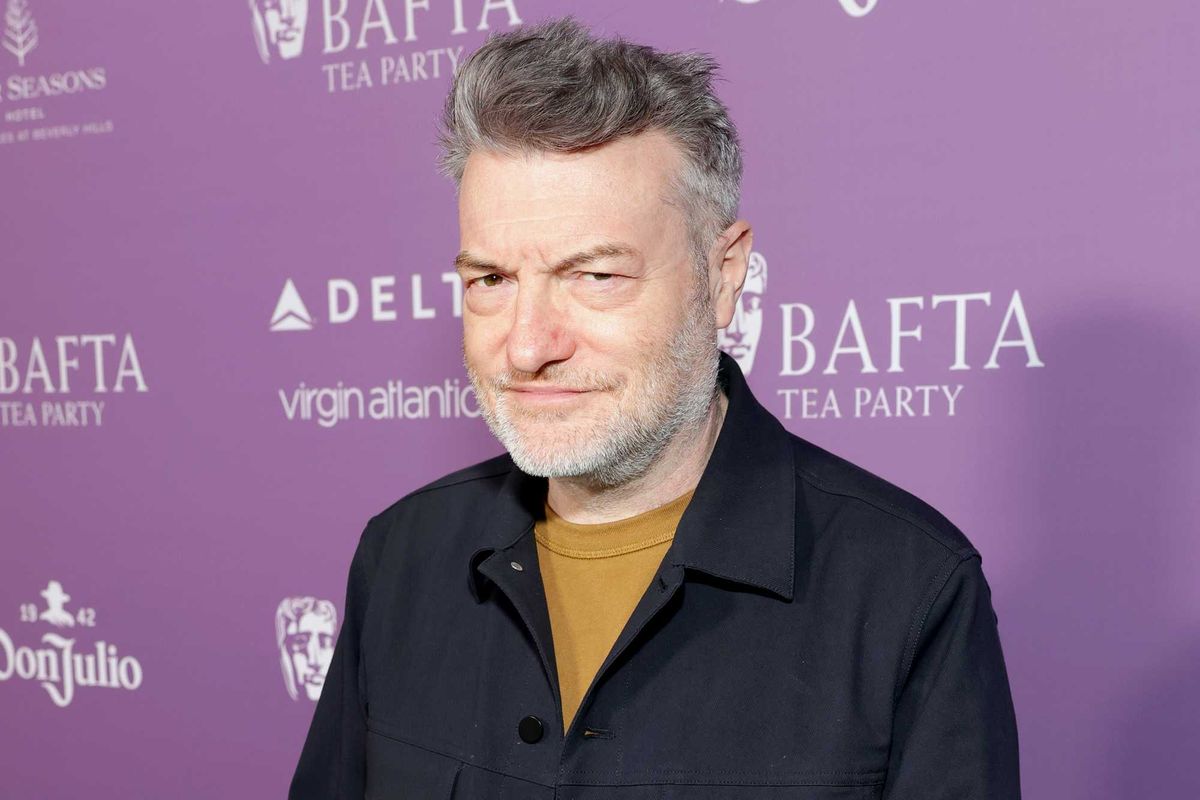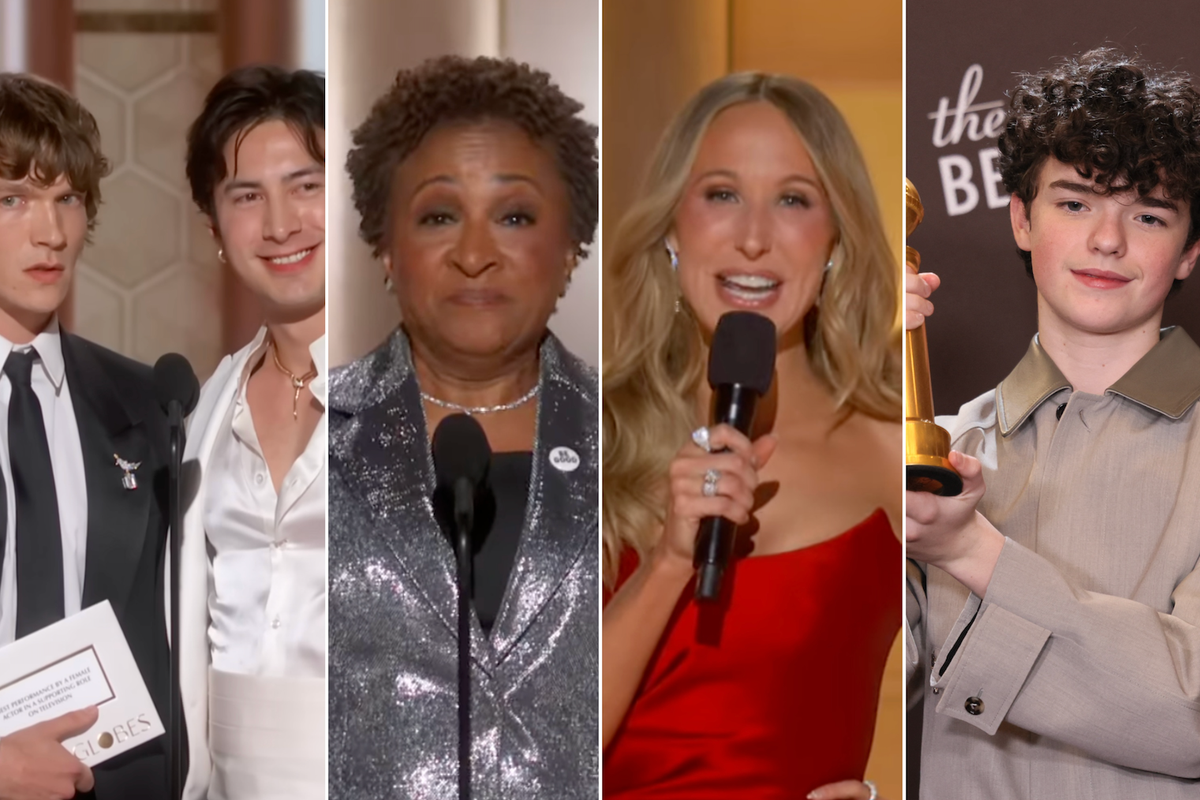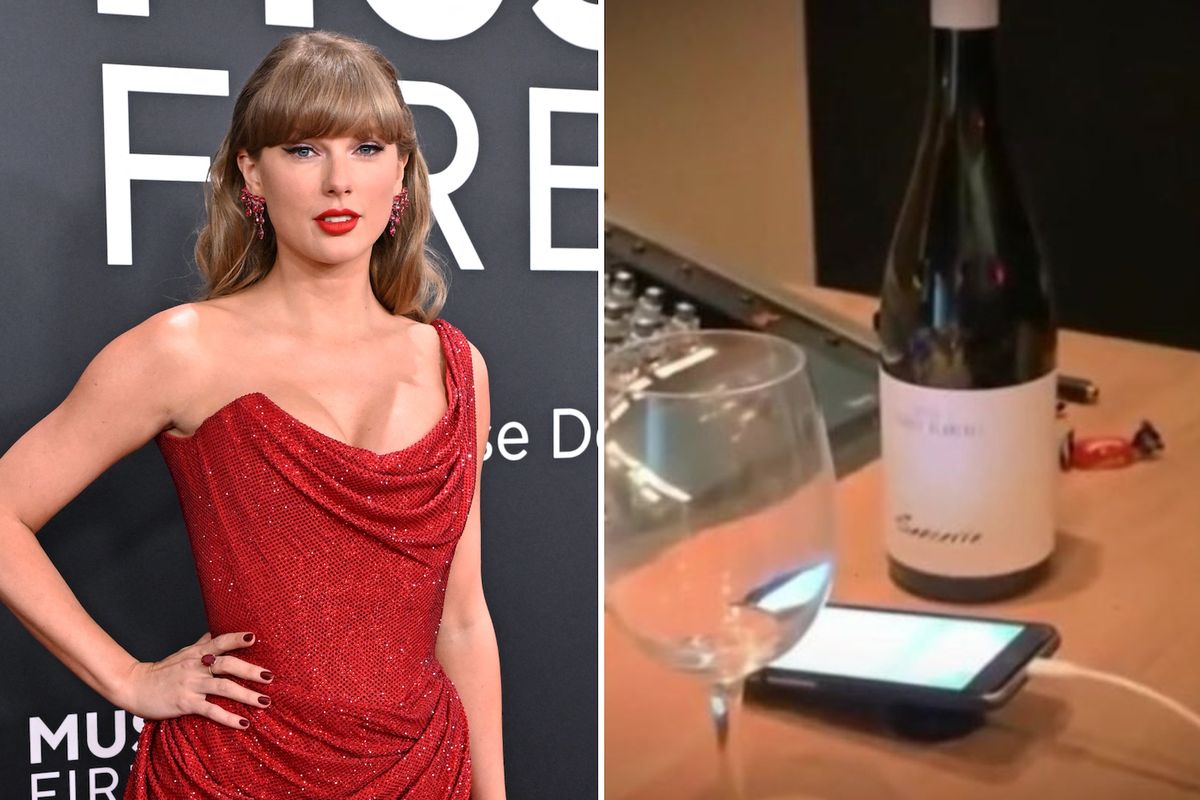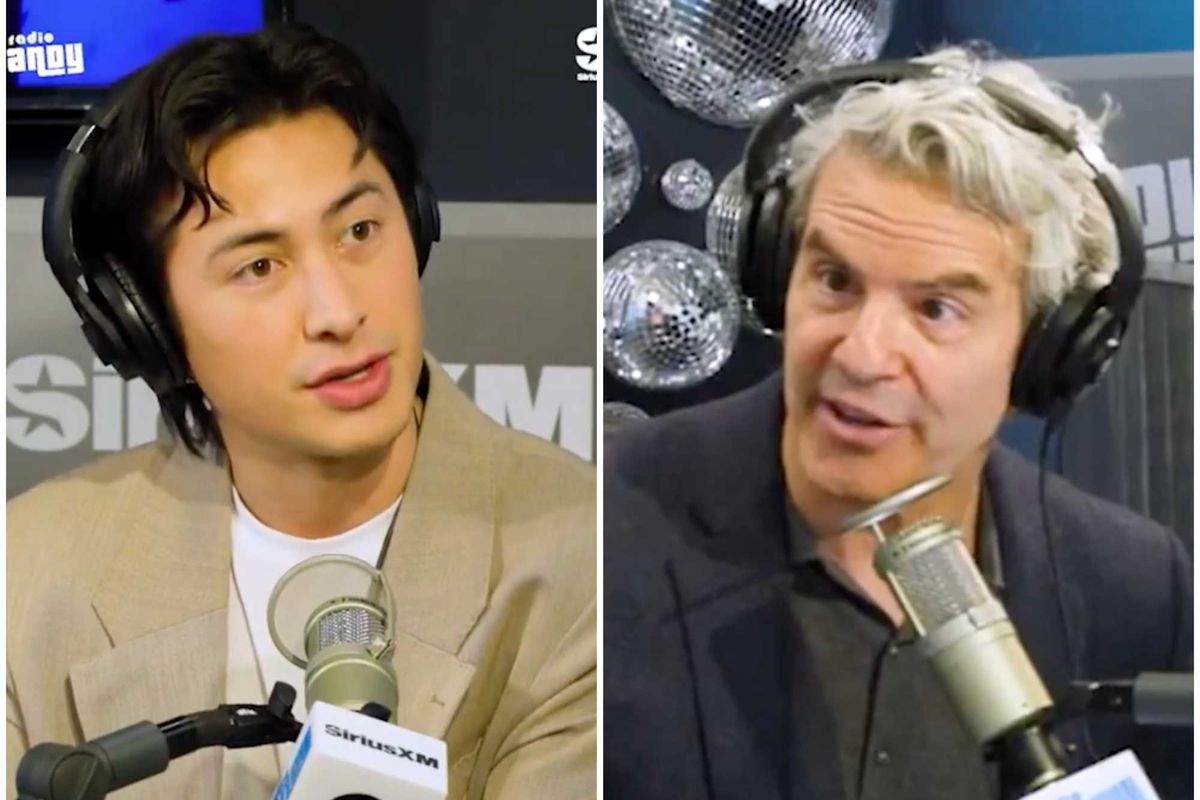Lifestyle
Harriet Brewis
Nov 12, 2022
Kim Kardashian releases teaser for first episode of true-crime podcast
Spotify
Mystery, suspense and jaw-dropping plot twists – it’s no wonder true crime is one of the most popular genres of podcast. And yet, it is arguably the most difficult to make.
It involves hefty legal obstacles, tough editorial decisions and, most importantly, complex ethical and moral calls. After all, you’re not just messing around here: you’re dealing with real lives and, often, raw traumas.
Nowadays any of us can start our own podcast, but to take on a true crime story and make it both a meaningful endeavour and a chart-topping success requires skill, patience and time.
Luckily for all you aspiring Sarah Koenigs out there, indy100 has spoken to two masters of the trade: Alexi Mostrous, the man behind last year’s stand-out hit Sweet Bobby; and Winifred Robinson, the seasoned BBC journalist who recently released The Boy in the Woods series about murdered schoolboy Rikki Neave.
Sign up for our free Indy100 weekly newsletter
Here, they share their advice and insight into what makes a gripping piece of audio that also serves a wider purpose. Because true crime can, and should, be about more than just satisfying listeners' morbid curiosities.
How do you choose your stories?
For many people “true crime” conjures up tales of decades-old disappearances or unsolved murders, but this doesn’t interest Alexi and his team at Tortoise Media.
“We try to do stories that are more forward-looking than traditional true crime podcasts, so it wouldn't be up my street to look at a case that had been unsolved for 20 years or a completely cold case,” he explained.
“I think often with those sorts of stories, a) they've been done quite a lot, and b), they don't necessarily have public interest elements attached to them.”
Alexi, who was previously Head of Investigations at The Times, said the subjects of his podcasts feature two key elements: a strong narrative core (so, a compelling story and central characters), and a broader social objective.
In other words, he’s looking for something that makes the story bigger than itself; something that will provoke a discussion of, and even action on, wider issues. For example, his latest series Hoaxed not only tells the mind-bending tale of one of Britain’s most toxic conspiracy theories – that there’s a satanic paedophile ring operating out of Hampstead, north London – but it also explores how such misinformation campaigns are able to spread and mutate, and why law enforcement consistently fails to crack down on digital crimes.
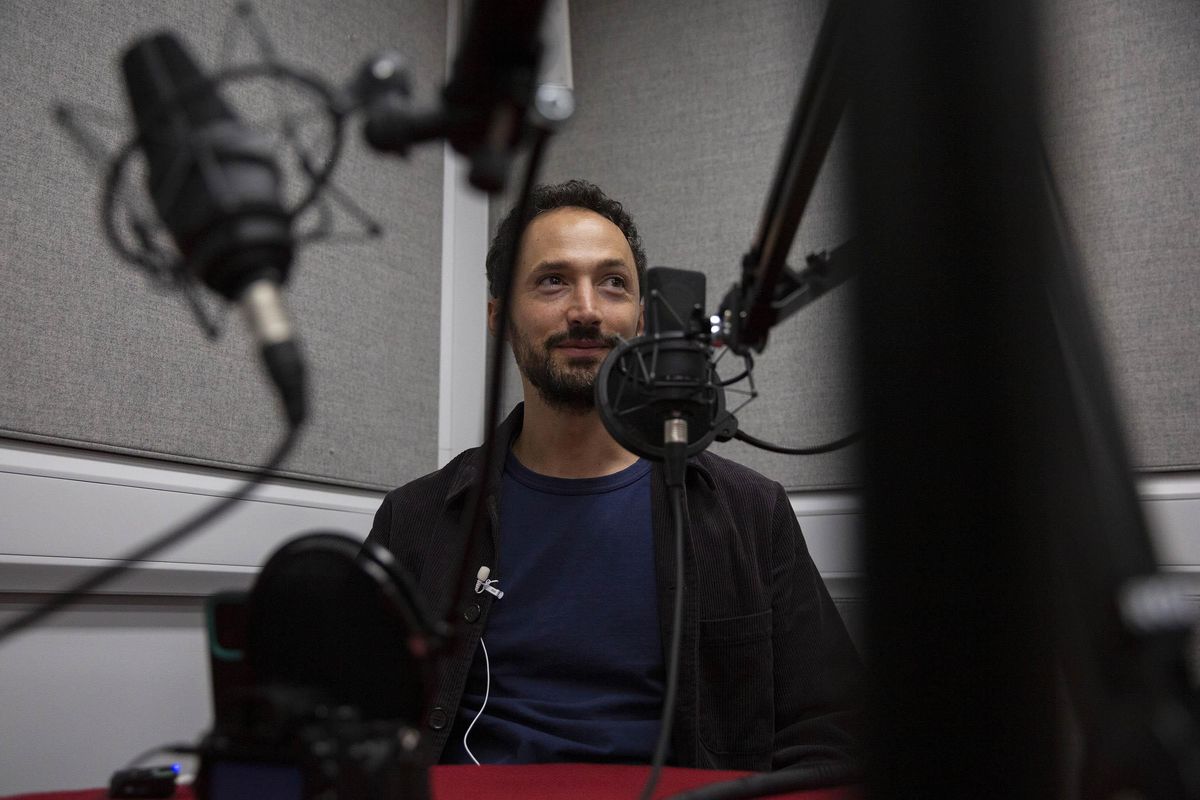
Winifred’s motivations are similarly altruistic: for her, it’s important that the projects she takes on give a voice to people “who aren’t normally heard in the media”.
“For me, journalism has always been about justice, and particularly justice for people who are disadvantaged, because I come from a working-class background myself,” she explained. “So I think it’s important to ask yourself before you start, ‘what do I want to achieve with this?’”
The broadcaster acknowledged that whilst many of us enjoy learning about crimes because of our fascination with the darker sides of humanity, “that’s not the kind of podcast” she makes.
Her aim with The Boy in the Woods was to “draw attention to the life of Rikki and look at what might have helped him”. In so doing, she hoped to prompt more consideration into how we, as a society, can better support vulnerable children and their families and prevent such atrocities from happening again.
What are the key ingredients to making a top true crime podcast?
As well as having the public interest at their heart, Alexi likes his podcasts to offer the listener some unpolished suspense.
He explained: “For me it’s important for the investigation to have a live element where you don't quite know where it's going to go.
“I like releasing episodes before we've finished writing the series – this enables us to pick up on peoples’ reactions, and allows sources to come forward after listening to the first couple of episodes, which we can then integrate into later episodes.”
However, this approach isn’t without its downsides, as he acknowledged: “It is quite a stressful process. If you're releasing episodes weekly, you’re having to report, write, record, sound design, all of that stuff within a very tight period of time. But it does add a feeling of spontaneity .”
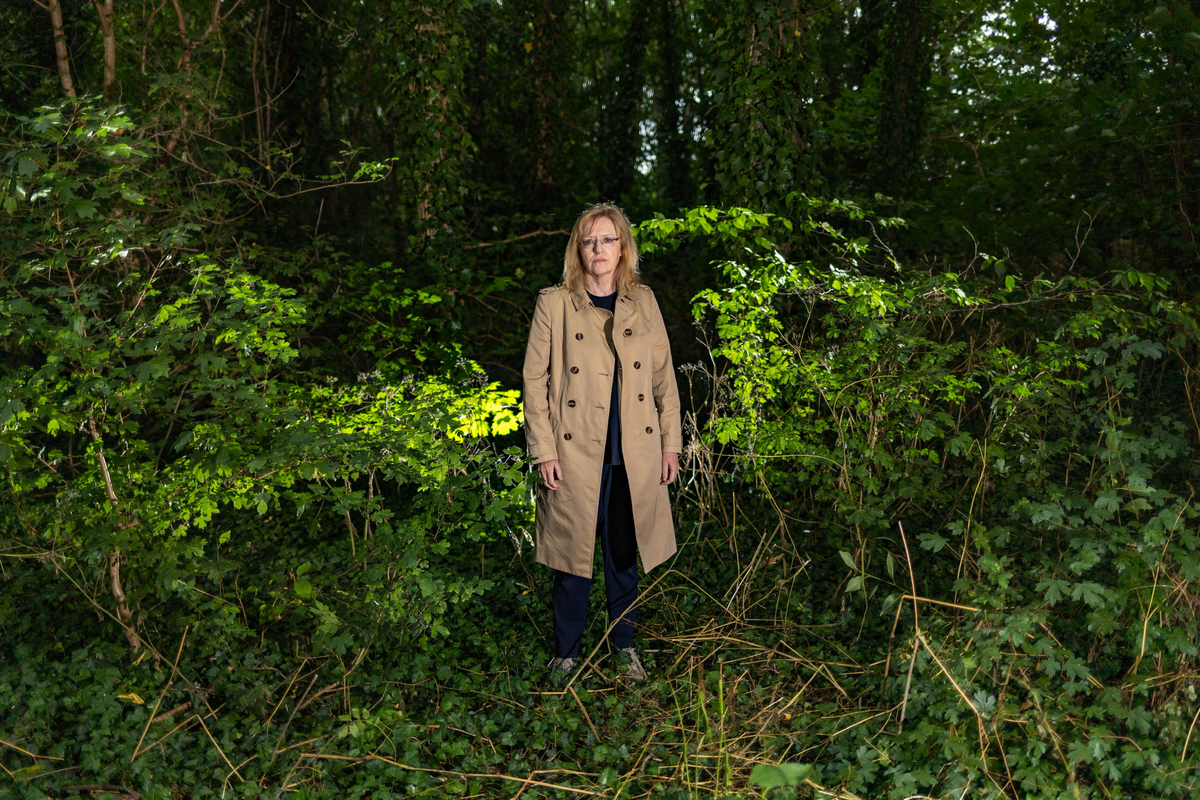
For Winifred, suspense is great, but a good ending is key.
“I think it's really important that the story should have an ending because otherwise it's not a very satisfying listen, is it?” she said.
Still, Winifred clarified, a good ending doesn’t mean a tidy conclusion. She cited the example of Serial, pointing out that at the time of the series’ release, listeners didn’t know whether the protagonist Adnan Syed was guilty or innocent. However, because the final episode laid the cards of the case back on the table, wrapped up the various threads of discussion and paved the way for new developments to be made beyond the podcast, it still worked.
Winifred offered a literary illustration of her point: “If you think about the great novels of the 19th century, they all had these very neat endings. Then when you move into modern literature, novels have messy endings because life has messy endings. But they're still wonderful novels.”
The journalist also stressed the power of real testimony and firsthand interviews, saying “that’s what makes” a podcast for her.
“What I love is when a journalist includes all the interviews you'd expect them to get, and some you wouldn't even expect them to get,” she said. “Because if you're calling it ‘true crime’, you expect testimony from people who were part of the story firsthand.
“When I hear another podcast that I really admire, I just think, ‘Whoa, they got that interview, they persuaded that person to speak.”
How much time should you set aside to create your podcast?
“It's really dependent on the topic,” Alexi said. “I think that if you’re given a particularly exclusive piece of content – like a witness statement or the draft of the book – you can make a podcast out of that pretty quickly because you've got a central piece of information so you just have to fill in the bits around it.”
That’s what happened with Sweet Bobby: Alexi and his colleagues had their central character on board and access to her key witness statement, so it only took a couple of months to create their award-winning series.
However, for The Boy in the Woods, the whole process was much longer than that; seven years longer, to be precise.
Winifred explained that she had covered the shocking killing of six-year-old Rikki as a reporter back in November 1994, and the story had stayed with her ever since. To briefly summarise it: Rikki disappeared after leaving home for school one day and was later found dead in the woods next to the Peterborough council estate on which he’d lived. His mother Ruth Neave was initially tried for his murder but was subsequently acquitted. It wasn’t until April this year that Rikki’s real killer James Watson, who was 13 at the time, was finally convicted of the crime.
And yet it was in between those two dates, in 2015, that Winifred and her producer Sue decided they wanted to tell Rikki and Ruth’s story in the form of a podcast series. This is because despite regularly writing to Ruth over the years asking to speak to her, Winifred didn’t get the green light for an interview until that year, some nine years after the horrific crime was committed.
But within months of their long-awaited first meeting, Cambridgeshire police reopened its investigation into Rikki’s death and instructed Ruth and Gary to cease contact with the media. This was something Winifred and Sue fully accepted because “the last thing we would have wanted was to undermine [the force’s] efforts in any way.”
The next major obstacle came in February 2020 when Watson was charged with the little boy’s murder, and any reporting that might influence a jury was suddenly strictly prohibited. Then, of course, came the Covid pandemic, which delayed the trial until 2022.
The lesson here is that if you want to make a thorough and well-constructed true crime podcast, you need to accept that things could take longer than you might expect. A lot longer.
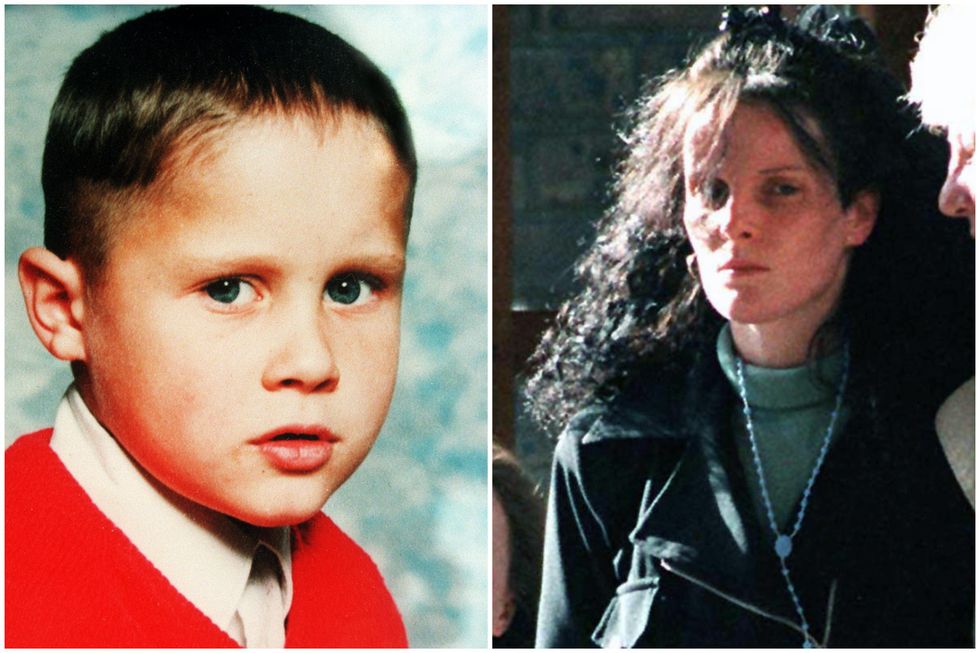
How do you build a relationship with your characters and sources?
“I think it's one of the trickiest aspects of the whole process,” Alexi said. “In a lot of cases you just have to keep plugging away at it.”
To illustrate, he explained how, when making Hoaxed, he and his team had established contact with mothers of children at the school at the centre of the satanic conspiracy claims. But, given the sensitivity of the situation, these women were very nervous about being interviewed and, ultimately, wouldn’t speak on the record for the podcast.
And yet, in the end this didn’t matter, Alexi explained, because “the more positive experiences we had with other people, the more that fed back to [the mothers] so the more they trusted us. Then, by the end, they were helping us a lot in the background.”
Highlighting one of the benefits of podcasting he continued: “Because you're working on slightly longer timescale than you would be with a newspaper article, your relationships with sources can develop. So just because they might say ‘no’ to you in week one, that doesn't mean it’s a complete disaster – your relationship might evolve.”
Winifred also emphasised the need to earn your subjects’ trust, saying: “You have to be honest about what it is you're going to do. You can't mislead people.”
She described how, when Ruth and her husband Gary Rodgers consented to the making of The Boy in the Woods, he told Winifred to “just be firm but fair and tell [the story] from all sides”.
“And that's what I tried to do,” she said. “I didn't promise anything.”
However, the You and Yours presenter also stressed the importance of taking “no” for an answer when first getting in touch with potential sources.
“To ring people out of the blue can be OK but if the answer's no, it's no,” she said. “People have to want to talk to you, particularly when it comes to a podcast, because it's going to be online for a long time. You’re never going to persuade someone who doesn’t want to do it.”
What are the toughest challenges you face?
“For me, it is the bureaucracy,” Alexi said, especially when negotiating access to interviews and sensitive information. This can cause serious headaches, particularly given the fast-paced nature of his team’s podcasting process.
“The real issue is when sources says, ‘OK, we might be interviewed but we wanted written agreement’,” he explained. “But then, after receiving the written agreement they come back with, ‘OK, we just need to get our lawyers to look this over. We'll be back to you in 10 days’.”
This is not very helpful when you’re tied to a strict schedule and releasing episodes weekly.
“That sort of thing can really drag out,” Alexi continued. “And then you have this real kind of Sophie's choice where you think, OK, either I say, ‘You've got to decide now, yes or no,’ or you think this person is important enough as a potential interviewee that you’re going to let it play out.”
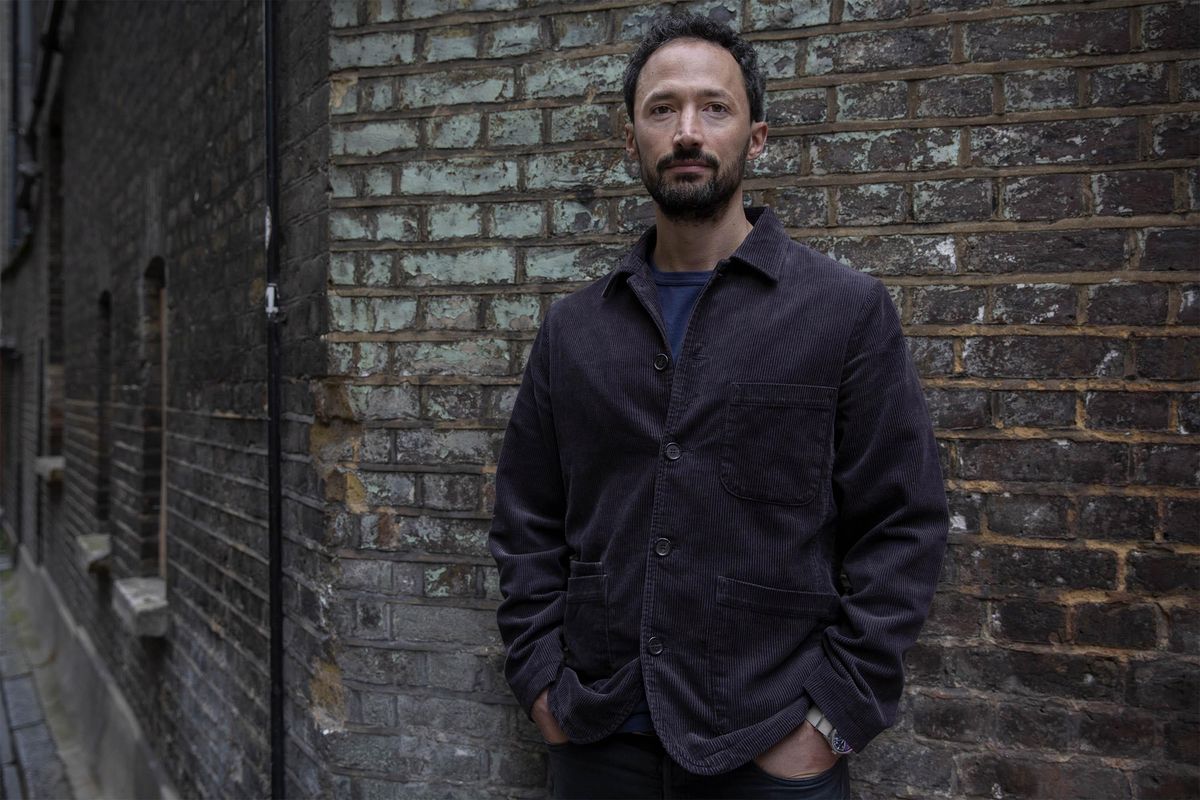
Winifred said her main struggles with The Boy in the Woods also involved pinning people down but, in her case, this was about finding the interviewees in the first place. Given that Rikki died almost three decades ago, locating people who were there at the time was a painstaking process, she explained.
“Even when it comes to the people who gave evidence in court at the time, you don’t know where they live now,” she said.
Luckily, her dedicated producer Sue used a specialist search engine which combines the electoral roll and phone book records to painstakingly track down potential sources. (Side note: a number of these sites now exist, including 192.com and TruthFinder.)
Once they’d gathered the relevant contact details, Winifred and Sue travelled to Peterborough and knocked on a lot of doors.
“It’s old-fashioned, maybe, and not easy but it can be very gratifying,” the presenter said. Because even when you don’t find the exact person you’re looking for, there’s often someone there who might be able to point you in the right direction.”
What does the podcast medium offer that others don’t?
“It's got to be different,” Alexi said. “There's a lot of true crime out there so you've got to have some sort of USP.
And, again, he emphasised the importance of a “live element” where “you're not just telling a historical story, you're trying to find out new stuff.”
He also explained that key to this approach is accepting that you, as the host, are a character as well: “You are not in a godlike position where you’re just imparting information to people. You're starting at point A and you are going to point B and you're not sure what you're going to find at point B, but you're going to bring the listener along with you.”
The experienced editor hailed ambiguity as one of the most interesting aspects of a podcast, and one that is lacking in most written stories and TV documentaries.
“You have space as a reporter on a podcast to say to your listener, ‘I'm just not sure about this; I'm a little bit nervous; I don't really know how to react to this’,” he said. “But with newspaper articles all of that sort gets put to one side and you just present the findings.”
Celebrating this more open approach as particularly “freeing”, he added: “I think this kind of journalistic process where you're brought along on an investigative journey, with all its frustrations, works for the listener too.”
However, Alexi went on, the best thing about working on an investigative podcast is his team. “Your producer, your sound designer and your executive producer are as important as you are,” he said.
Spotlighting sound design, which encompasses everything from sound effects to music to voiceover editing, he explained: “You can do some really cool things and make it a little bit theatrical. For example, you can have sound coming in one ear and going out the other.”
Alexi also praised his colleague Carla Patella, who was responsible for creating Sweet Bobby’s gripping ambience. “The sound was so good that I really think it was an integral part of its success,” he said.
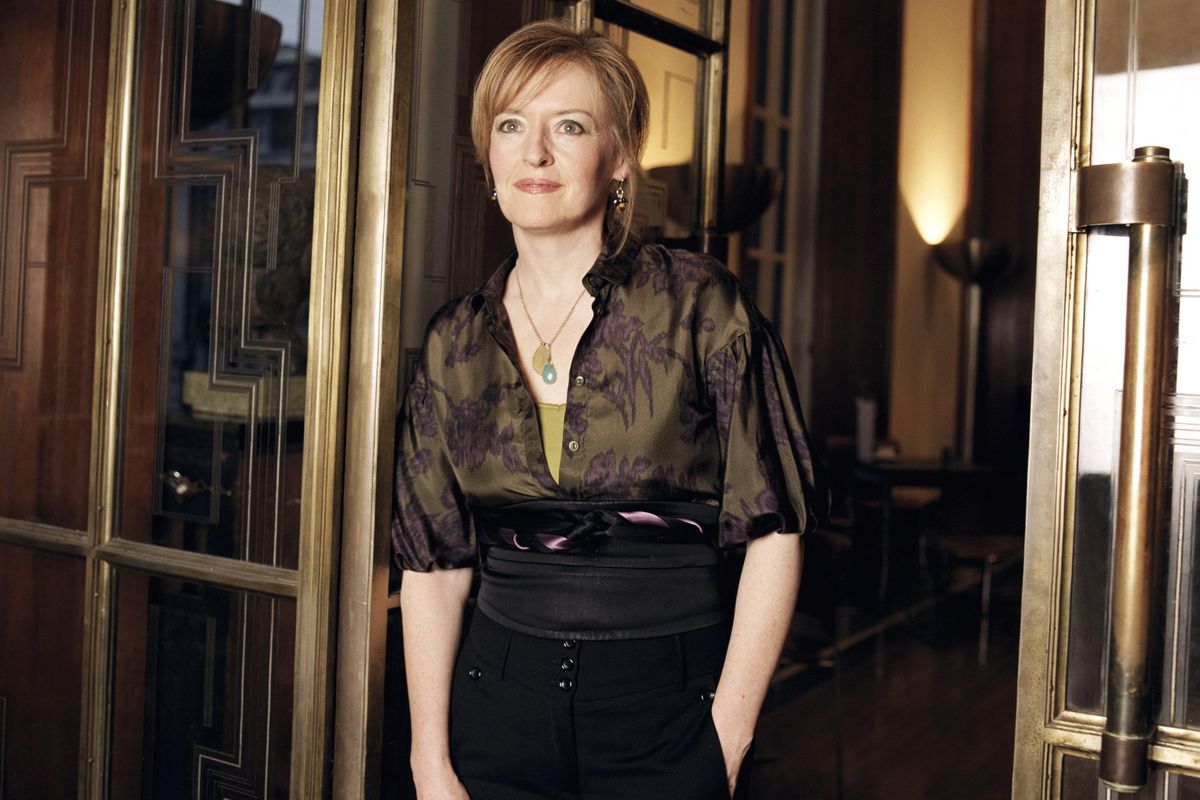
Winifred also praised the dramatic advantages of, and freedom offered by, podcasting as a medium.
“It uses the techniques of filmmaking and drama by building in a soundscape and letting the audio breathe,” she said.
She explained that for The Boy in the Woods she and her team weaved in recordings made on Rikki’s estate, both in the immediate aftermath of his death and more recently. In this way, they used music and real-life sounds to blend past and present: creating a sort of audio time capsule and a window into the little boy's life.
But as well as benefiting from this more cinematic dimension, Winifred argued that podcasts have a notable novelistic quality to them.
The long-time BBC host said: “A broadcast programme on the radio has to be of a certain length because we've got to meet certain junctions – the time, the weather the news and the hour, another programme that begins or ends before you start – but episodes on a podcast series can be all different length because you can just give each one what you feel is worth. And I think that's really liberating a storyteller.”
She added: ”When writing a traditional radio documentary script I’ve always thought that you shouldn't really hear my voice for more than about 45 seconds. But podcasting has allowed me to be much more descriptive. The script is written in a much more novelistic way because you can break it up with music and effects. This means it's not a dull listen.”
The end... for now
Respecting the form of a good true crime podcast, we will now leave you with a question to consider…
You’ve got the inside knowledge, and the recording equipment shouldn't be too hard to get hold of – what’s stopping you from making a Sweet Bobby or Boy in the Woods of your own?
Radio 4’s 'The Boy in the Woods' is on BBC Sounds now. 'Sweet Bobby' and 'Hoaxed' are available on all major streaming platforms.
Have your say in our news democracy. Click the upvote icon at the top of the page to help raise this article through the indy100 rankings.
Top 100
The Conversation (0)
